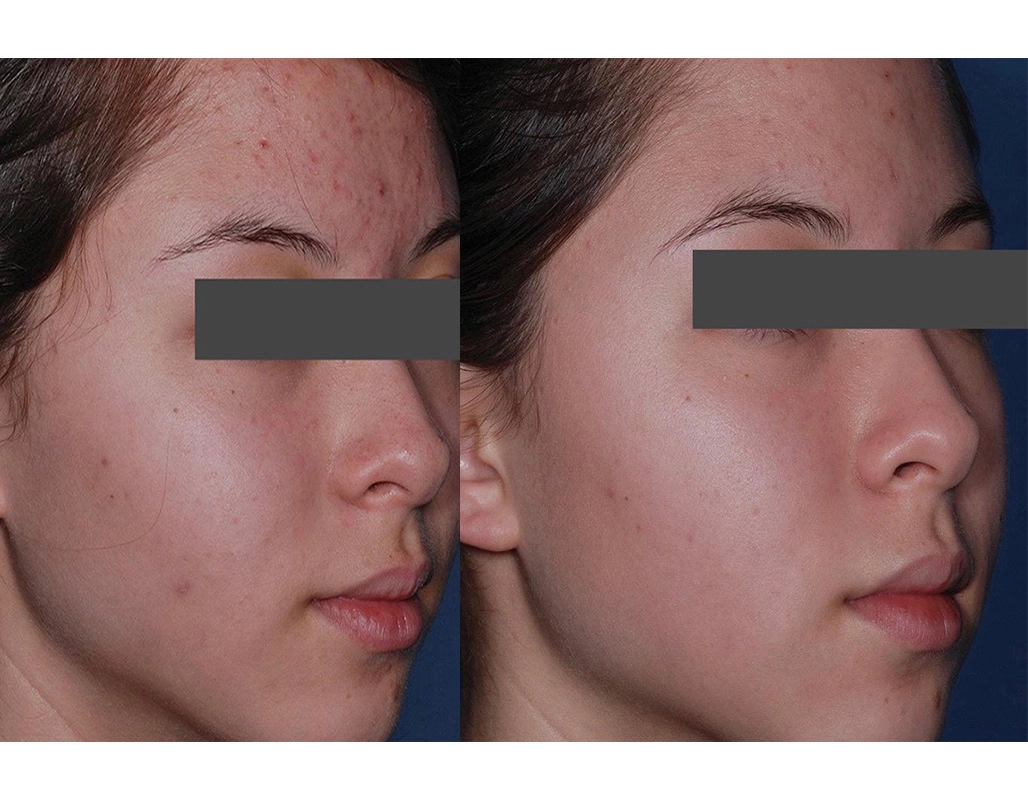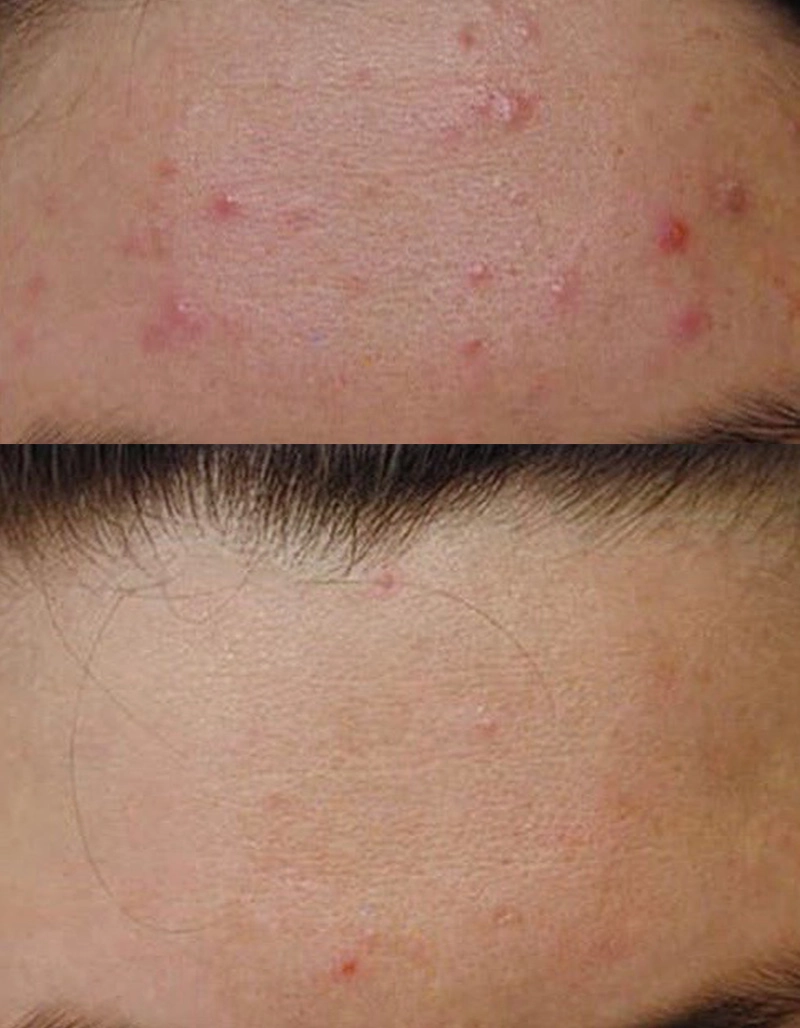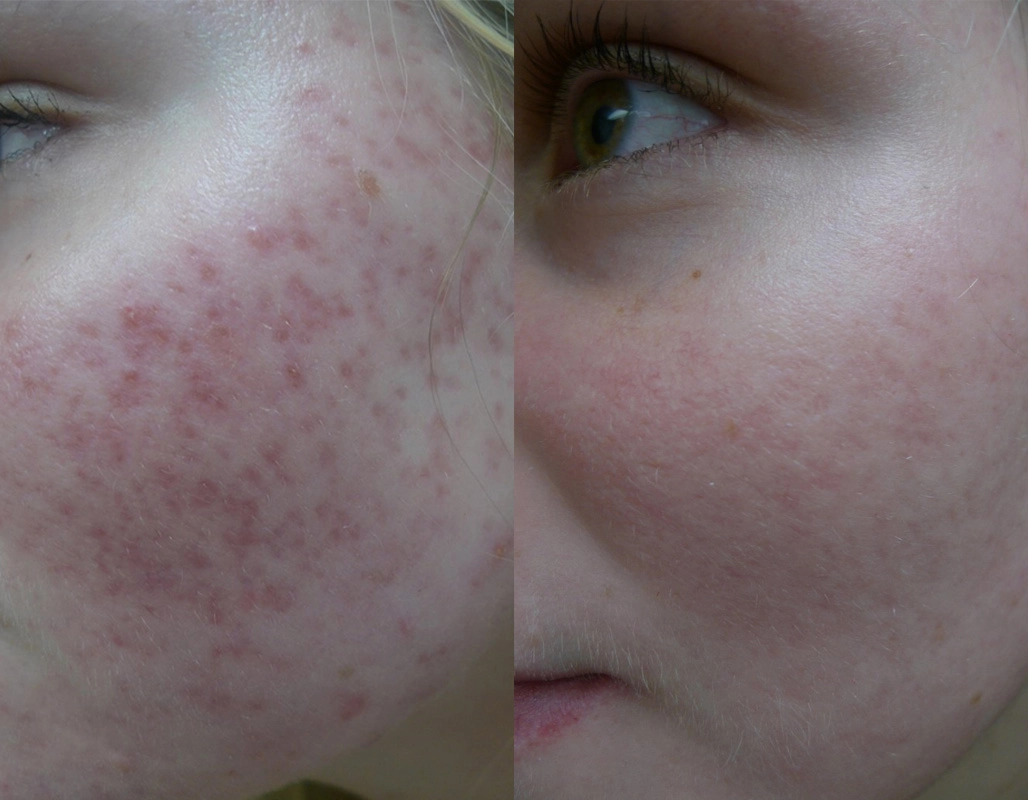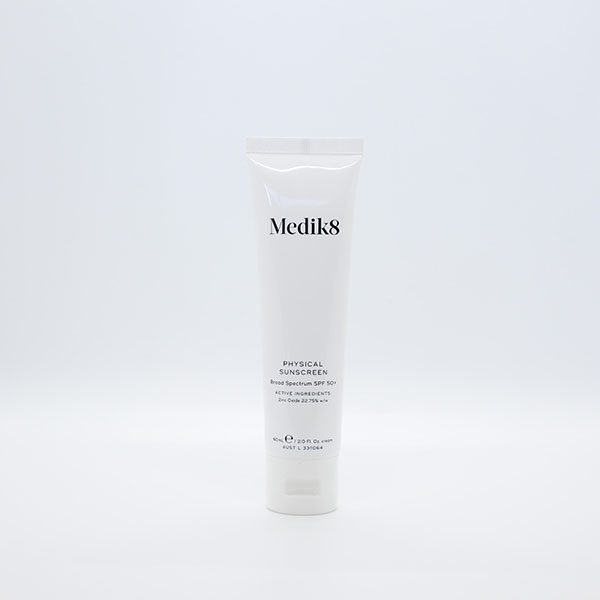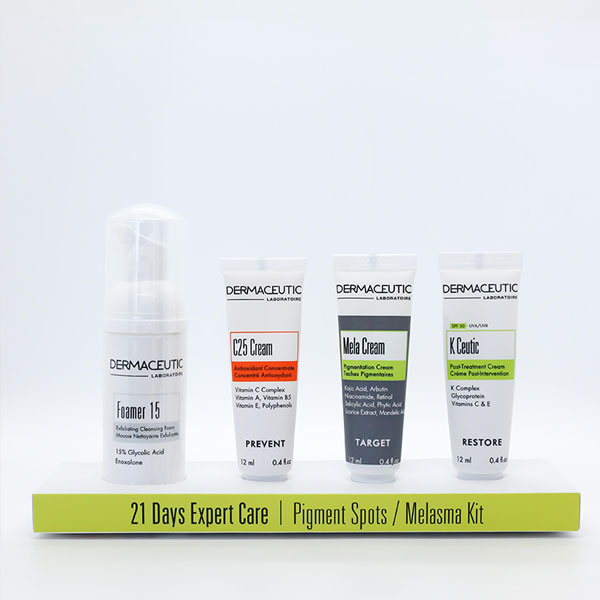Actinic cheilitis describes solar or actinic keratosis involving the lip. This is a precancerous condition that can, in some patients, lead to invasive cancer. Treatments are indicated for moderate to severe disease. Ablative laser resurfacing is the treatment of choice.
关键点
- The lower lip is most commonly involved
- Actinic cheilitis presents as rough, persistent areas on the lips
- Most Queenslanders over the age of 55 will have evidence of sun damage
- Mild cases can resolve with creams & SPF lip balm
- Moderate to severe case are treated with ablative laser resurfacing
Actinic Cheilitis Treatments at a glance
我们的结果不言自明
常见问题
What is actinic cheilitis?
Actinic cheilitis, or solar keratosis can arise in any sun-exposed areas. Common sites include the nose, temples, scalp (balding), ears & hands.
The lower lip is preferentially affected, however the upper lip from the border of the lips to the nose is also commonly involved.
Actinic cheilitis presents as persistent scaly lesions. They can sting or burn, especially with hot beverages. They can cause the lips to be more sensitive.
Why treat solar or sun damage on the lips?
Sun damage in areas such as the lips & ears can lead to skin cancer. Invasive skin cancer, in particular squamous cell cancers, have a high metastatic rate. This can lead to both morbidity & mortality. Treatments are based upon-
- Clinical findings & histology from a biopsy
- Symptoms – burning, stinging
- Risk factors
Higher risk individuals include smokers, immune compromised, a history of skin cancers & those with chronic UV exposures.
How common is it?
If you reside in Queensland & are over the age of 50 with light coloured European skin type, chances are you will exhibit changes of sun damage on your lower lip.
The incidence of sunspots increases to 80% in the seventh decade of life.
What treatment options are there?
The ideal treatment is based on risk factors, clinical & histological findings. Dermatologists use creams/topicals, lasers, PDT & surgery.
Each treatment has pros & cons. They are applied appropriately for every patient.
What is involved with laser resurfacing?
Laser resurfacing is a clinical grade planning tool. It removes a layer of skin with each pass. This can be controlled down to 1/100 of a millimetre.
The aims of lasers are twofold. Firstly, to get under the lowest layer of sun damage. Secondly to generate inflammation to stimulate the body’s immune system to mop up areas of DNA damage.
How is this done?
Laser resurfacing is done in our main operating theatre. The lip is blocked with local aesthetic. For more extensive areas we perform this procedure under conscious sedation. With adequate analgesia, laser vermilionectomy is painless.
The procedure takes 10 to 20 minutes to perform. Healing time varies from one to two weeks.
How long does it take to heal?
8 to 16 days, depending on the depth of resurfacing.
If your work involves physical activity, you should take at least one week off.
Our dermatologists employ both ablative erbium & CO2 lasers. With the former, heal times are sped up by 48 to 72 hours.
How experienced are we?
We have over 20 years of experience in the use of lasers for actinic cheilitis. Our dermatologists have performed this procedure in public hospitals as part of our training & on a regular basis in private practice.
We have both erbium & CO2 lasers at Cutis Dermatology. Most of us prefer erbium as the healing times are faster.
Actinic cheilitis is the term for precancerous changes to the lip. Our dermatologists employ carbon dioxide & erbium lasers to effectively reverse sun damage.
How would I know if my sun damage requires treatment?
Book a skin check & formal consultation with our dermatologist. They will examine & guide you accordingly. Not everyone with actinic cheilitis requires treatment.
What is involved in PDT or photodynamic therapy?
PDT or photodynamic therapy is not frequently used when laser resurfacing treatments are available as the results are inferior to laser. This treatment involves-
- Preparation of the lip with gauze, curette (gentle), abrasion.
- Application of ALA or m-ALA photosensitiser.
- Occlusion for 3 hours (daylight rarely, if ever used in this area)
- Activation of lower lip with 630-633 nm red light under a lip block.
Healing time of 7-12 days.
When is surgical vermilionectomy preferred?
In severe cases of actinic cheilitis, surgery is the preferred option. This is termed mucosal advancement. This is indicated when-
- Suspicion of deeper involvement to exclude IEC & or SCC
- In cases of immunosuppression whereby clinically dysplasia is severe
- In cases that fail to respond to ablative laser resurfacing.
Will actinic cheilitis improve without treatment?
In some cases, you may get a modest improvement with regular use of sunscreen, namely a SPF lip balm.
Reducing sun exposure can also cause regression of solar keratosis.
What creams can help?
The two topicals which can help are-
- Sunscreen: as discussed above.
- Prescription retinoids: These include tretinoin & retinoic acid (compounded). Contrary to the production information, topical retinoids can be used on the lips. After 6 months of continued use, expect up to 30% improvement in sun damage. Be guided by your dermatologist.
Will freezing help?
If you have focal areas of actinic cheilitis, freezing can be helpful. Healing takes 6-8 days, blistering is common.
If you exhibit field changes involving greater than 20% of the lip, laser resurfacing is a better option.
Why do some people require a biopsy?
A biopsy is required in some cases to exclude more invasive skin cancer, in particular IEC/Bowen disease or squamous cell cancer. Clinical signs of deeper involvement are-
- Indurated, or palpable changes (thicker sunspots)
- Recurrence post laser – within 3-8 months
- Lymph nodes
High risk patients are smokers, immunosuppressed & those who have a history of keratinocyte tumours.
How to properly use lip balm?
A SPF 30-50+ lip balm applied frequently & consistently can reduce actinic damage on the lips. Here are some helpful tips-
- The frequency is most important, apply at least 4 times a day.
- Keep a Chapstick at home, in your pocket, in the car, at work
- Apply after a meal or drinking
Use every hour if you are exposed to a high amount of UV


